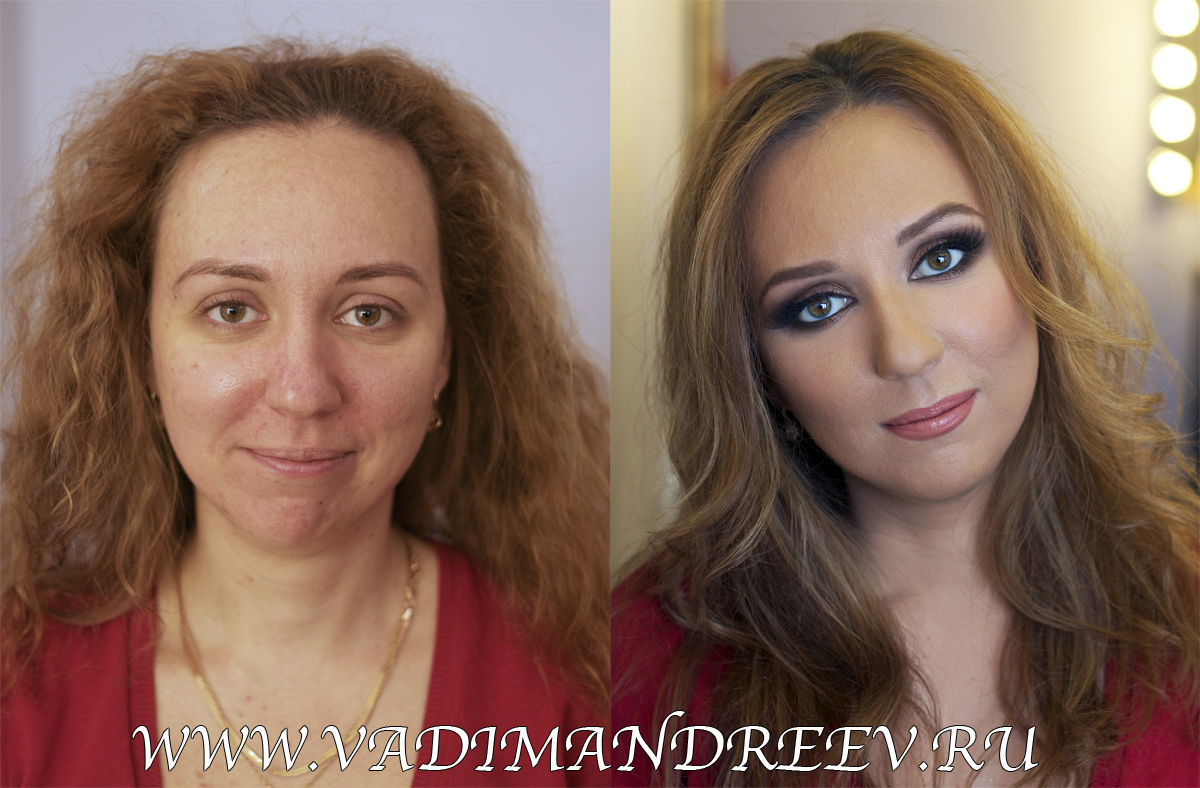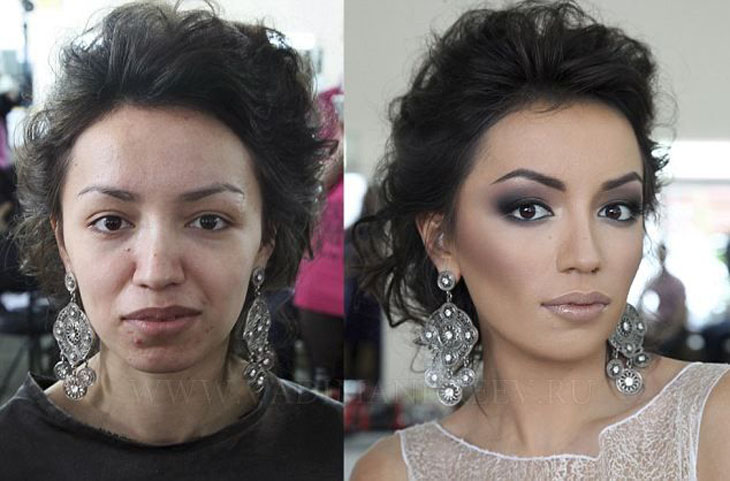Visualizing Beauty: The Power Of Makeup Product Images In The Digital Age
Visualizing Beauty: The Power of Makeup Product Images in the Digital Age
Related Articles: Visualizing Beauty: The Power of Makeup Product Images in the Digital Age
Introduction
With enthusiasm, let’s navigate through the intriguing topic related to Visualizing Beauty: The Power of Makeup Product Images in the Digital Age. Let’s weave interesting information and offer fresh perspectives to the readers.
Table of Content
Visualizing Beauty: The Power of Makeup Product Images in the Digital Age

In the ever-evolving landscape of digital marketing, visual content reigns supreme. This is particularly true in the beauty industry, where products are inherently visual and consumers rely heavily on aesthetics to inform their purchasing decisions. Images of makeup products, therefore, play a crucial role in shaping consumer perceptions and driving sales.
The Evolution of Makeup Product Images
The evolution of makeup product images mirrors the evolution of the beauty industry itself. From grainy, low-resolution images in the early days of online commerce to the highly stylized, professionally shot photographs of today, the visual representation of makeup has undergone a significant transformation.
Early Days: Catalogs and Print Ads
Before the advent of the internet, makeup product images were primarily found in print catalogs and magazine advertisements. These images were typically static, showcasing a single product or a limited range of products. They often featured models with flawless skin and dramatic makeup looks, creating an idealized vision of beauty.
The Digital Revolution: E-commerce and Social Media
With the rise of e-commerce platforms like Amazon and eBay, makeup product images became essential for online shopping. Images began to incorporate more detailed product information, including ingredients, shade ranges, and application instructions. This shift towards more informative visuals was driven by the need for consumers to make informed purchasing decisions without the ability to physically examine products.
The Age of Social Media: User-Generated Content and Influencer Marketing
The emergence of social media platforms like Instagram and TikTok has revolutionized the way consumers interact with beauty products. User-generated content (UGC) has become a powerful force in driving purchasing decisions, with consumers increasingly relying on reviews, tutorials, and product demonstrations shared by peers and influencers. This has led to a shift towards more authentic and relatable images that showcase the real-life application of products.
The Importance of Visual Content in Makeup Marketing
1. Building Brand Identity:
Images are integral to establishing a brand’s aesthetic and communicating its values. A consistent visual style across all marketing materials, from product packaging to website imagery, helps to create a cohesive brand identity that resonates with consumers.
2. Creating Desire and Evoking Emotion:
High-quality images can evoke a sense of desire and excitement for a product. Stunning visuals can capture attention, inspire creativity, and motivate consumers to try new products.
3. Demonstrating Product Benefits:
Images can effectively showcase the benefits of a product, highlighting its texture, color, and application. Close-up shots of product swatches, for example, allow consumers to see the true shade and finish of a lipstick or eyeshadow.
4. Inspiring Creativity and Providing Inspiration:
Images of makeup products can serve as a source of inspiration for consumers. Tutorials, makeup looks, and product demonstrations shared on social media can inspire users to experiment with new techniques and trends.
5. Boosting Conversion Rates:
High-quality images can significantly increase conversion rates by providing consumers with a clear understanding of the product and its benefits. Detailed product images, including multiple angles and close-ups, can help to reduce product returns and increase customer satisfaction.
6. Engaging Consumers and Building Trust:
Authentic and relatable images, such as UGC and influencer content, can help to build trust and engagement with consumers. These images create a sense of community and authenticity, making consumers feel more connected to the brand.
Types of Makeup Product Images
1. Product Photography:
Professional product photography is essential for showcasing products in their best light. These images are typically shot in a studio setting with controlled lighting and a focus on capturing the product’s details and texture.
2. Lifestyle Photography:
Lifestyle images depict the product in a real-life setting, often featuring models using the product or enjoying a related activity. These images create a sense of aspirational lifestyle and help consumers to imagine themselves using the product.
3. Flat Lays:
Flat lays are popular on social media and e-commerce platforms. They showcase products in a visually appealing and organized way, often incorporating other elements like props, textures, and patterns.
4. Swatches and Swatches Comparisons:
Swatches are close-up images of makeup products applied to the skin. They are particularly important for products with varying shades or finishes, as they allow consumers to see how the product will look on their own skin tone.
5. User-Generated Content (UGC):
UGC includes images and videos created by consumers themselves. These images can be authentic and relatable, providing valuable insights into how products are used in real life.
6. Influencer Content:
Influencer content is similar to UGC but is created by individuals with a large following on social media. These images often feature influencers using the product in tutorials, makeup looks, and product reviews.
FAQs about Makeup Product Images
1. What are the best practices for taking high-quality product images?
- Use a high-resolution camera or smartphone.
- Ensure proper lighting, preferably natural light or a softbox.
- Use a tripod or a stable surface to avoid camera shake.
- Consider using a white or gray backdrop to create a clean and professional look.
- Edit images carefully to adjust brightness, contrast, and color balance.
2. What are the key elements to consider when creating makeup product images for social media?
- Use a visually appealing and consistent style.
- Incorporate relevant hashtags and captions.
- Engage with followers and respond to comments.
- Use a variety of image formats, including photos, videos, and GIFs.
- Experiment with different filters and editing techniques.
3. How can brands leverage user-generated content (UGC) to enhance their marketing efforts?
- Run contests and giveaways to encourage consumers to share their images.
- Create a dedicated hashtag for UGC and monitor its use.
- Feature UGC on your website and social media channels.
- Partner with influencers to create authentic and engaging content.
4. What are the ethical considerations involved in using images of makeup products?
- Obtain permission from models and photographers before using their images.
- Be transparent about any editing or retouching done to images.
- Avoid using images that are discriminatory or offensive.
- Respect the privacy of individuals featured in images.
Tips for Creating Effective Makeup Product Images
1. Tell a Story:
Images should not just showcase the product but also tell a story. Use imagery to evoke emotions, inspire creativity, and connect with the consumer on a deeper level.
2. Highlight the Benefits:
Focus on showcasing the key benefits of the product. Use close-up shots, swatches, and lifestyle images to illustrate the product’s texture, color, and application.
3. Use High-Quality Images:
Invest in professional photography or use high-resolution images from reputable sources. Blurry or poorly lit images will detract from the brand’s image and credibility.
4. Be Consistent with Your Style:
Develop a consistent visual style across all marketing materials. This will help to create a cohesive brand identity and make your products easily recognizable.
5. Embrace User-Generated Content:
Encourage consumers to share their images and integrate UGC into your marketing campaigns. Authentic and relatable content can be highly effective in building trust and engagement.
Conclusion
Images of makeup products are a powerful tool in the digital marketing landscape. They play a crucial role in shaping consumer perceptions, driving sales, and building brand loyalty. By understanding the importance of visual content and applying best practices for creating high-quality images, brands can effectively leverage this medium to achieve their marketing goals. In an increasingly visual world, the ability to tell a compelling story through images is essential for success in the beauty industry.








Closure
Thus, we hope this article has provided valuable insights into Visualizing Beauty: The Power of Makeup Product Images in the Digital Age. We hope you find this article informative and beneficial. See you in our next article!
You may also like
Recent Posts
- The Art Of Persuasion: A Comprehensive Guide To Makeup Product Label Design
- A Comprehensive Look At Mary Kay Cosmetics: Reviews, Insights, And Considerations
- Affordable Skin Care: A Guide To Effective Products Under INR 100
- Navigating The World Of Mary Kay Discounted Products: A Comprehensive Guide
- The Power Of High-Resolution Images: A Guide To Acquiring The Best Visuals For Your Projects
- The Power Of Reviews: Navigating The World Of Makeup Products
- Swiss Beauty Makeup: A Comprehensive Guide To Quality And Affordability
- Embracing Natural Beauty: Makeup Tips And Techniques For Women Over 50
Leave a Reply